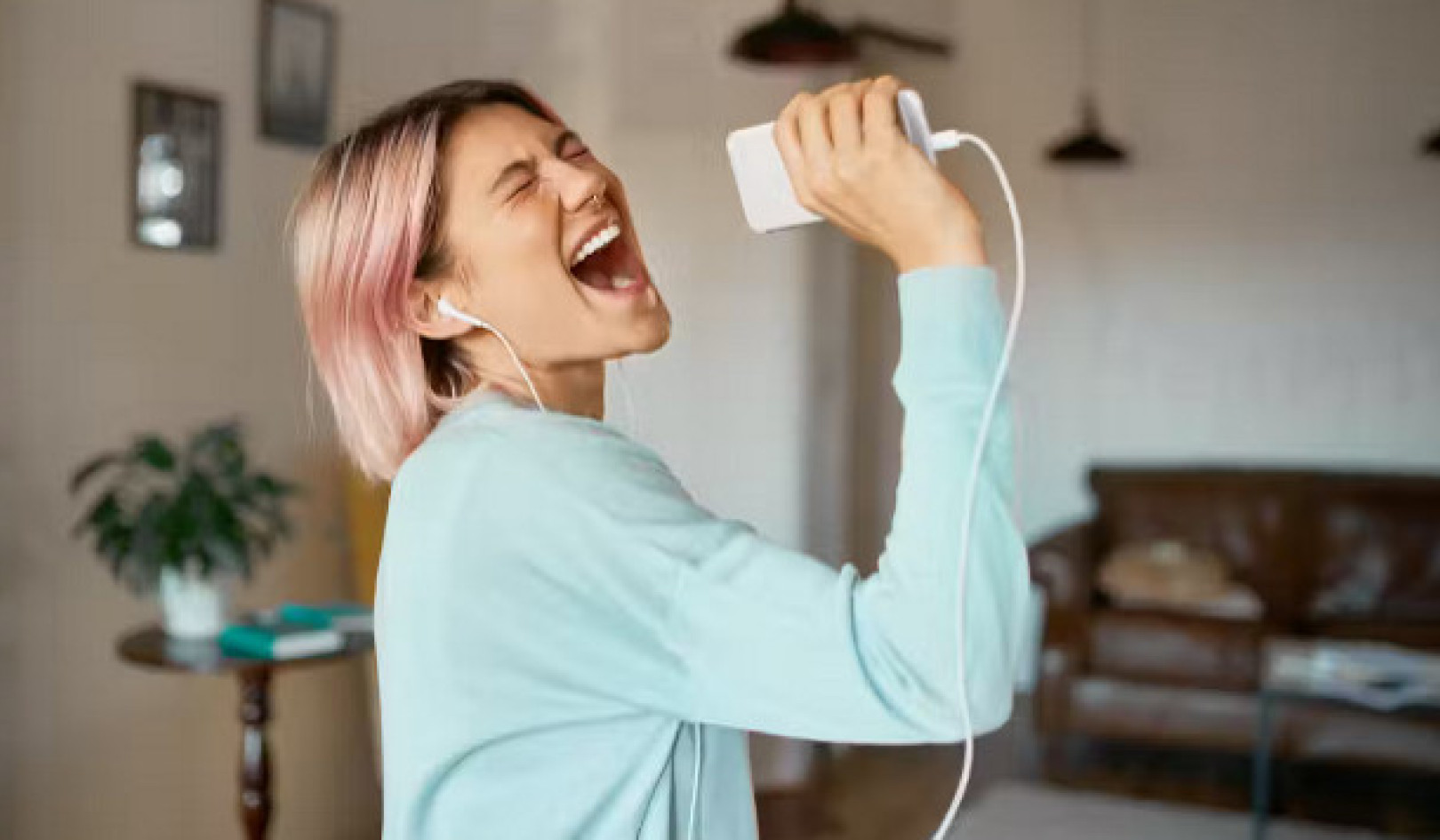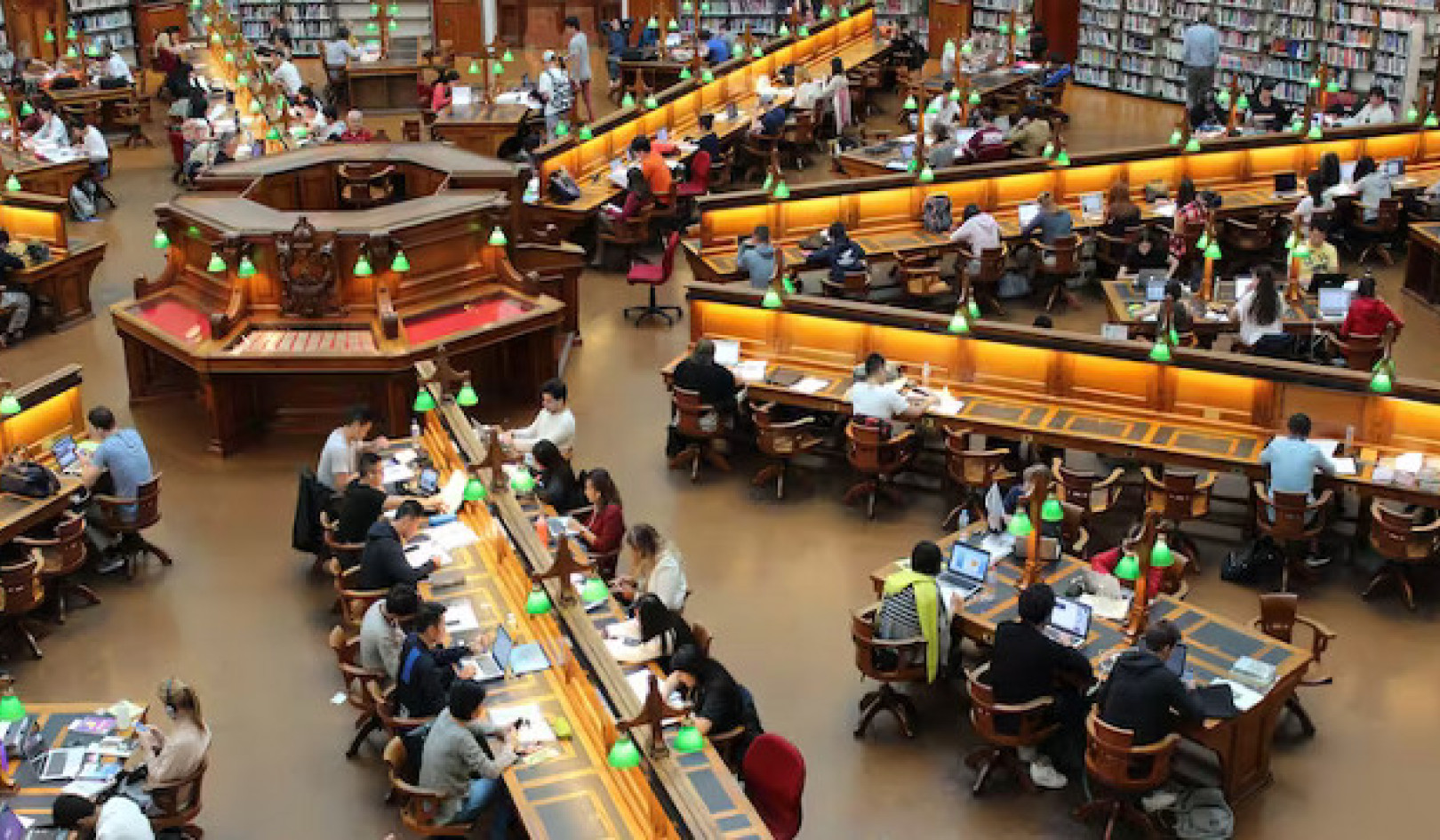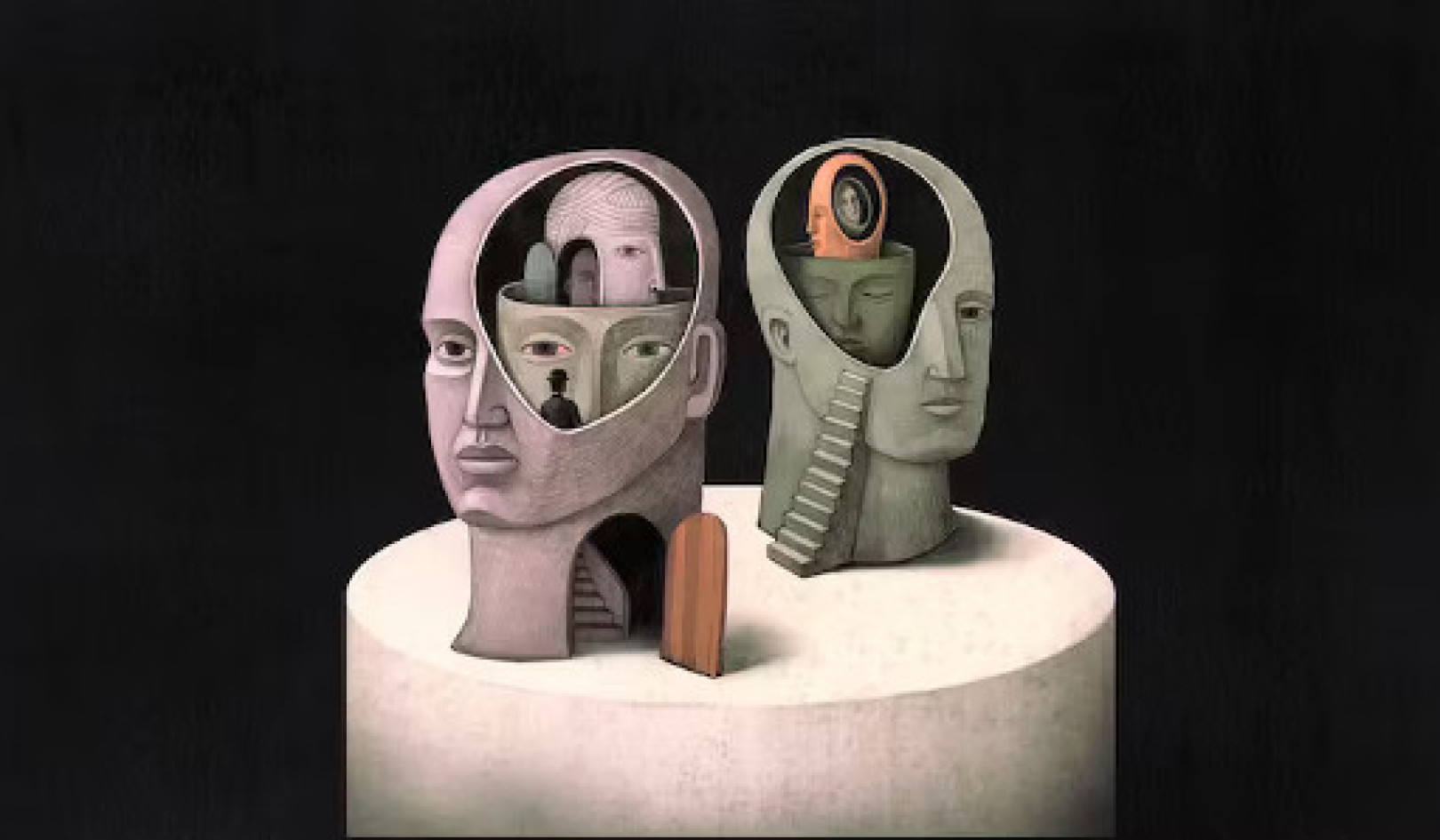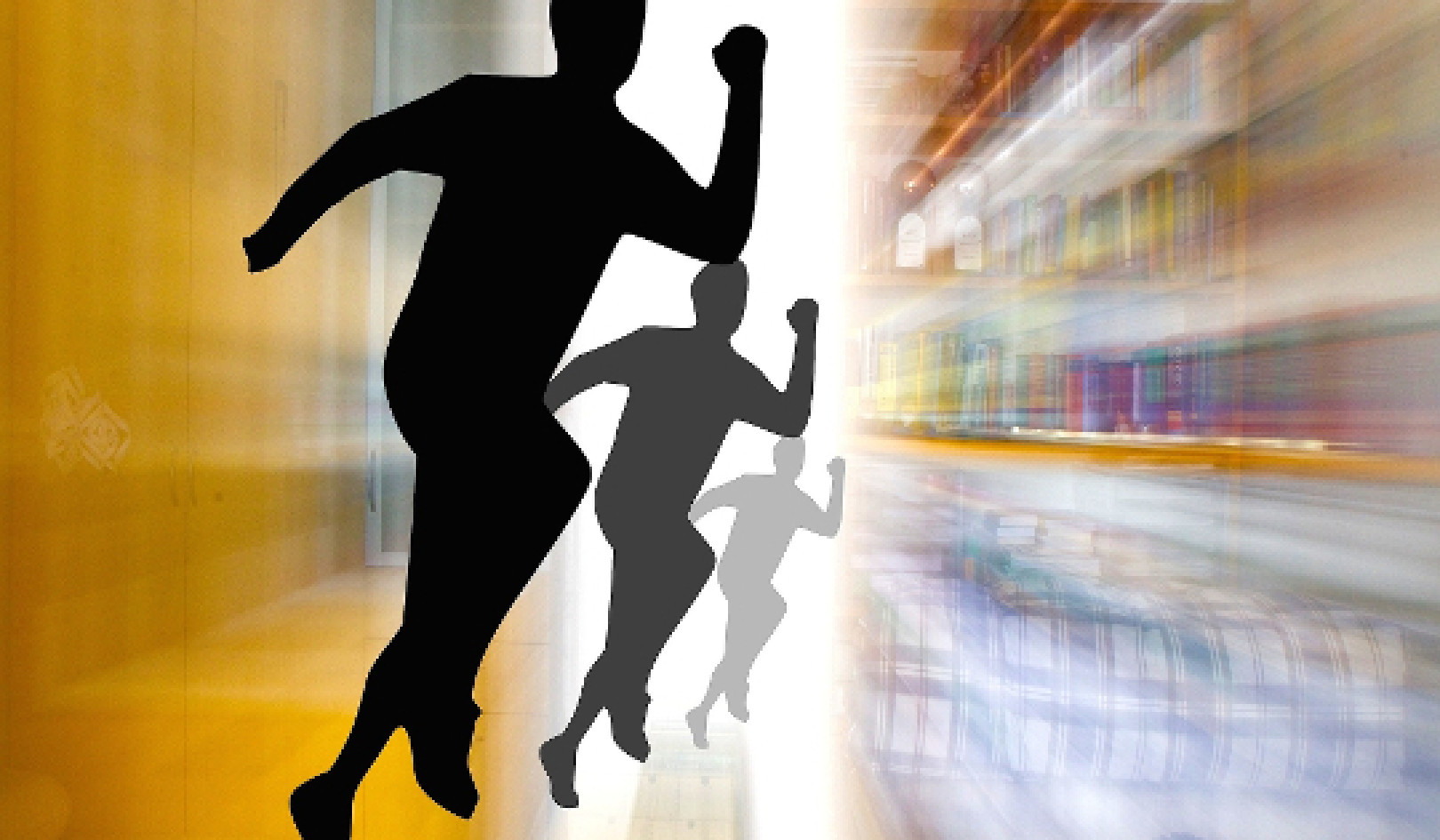
Due to the marketplace forces of commercial interests, health insurance practices, technological advances in diagnostic equipment, and a general movement toward specialization, today’s medical profession focuses mainly on the causes of physical disease rather than on the causes of physical health.
The modern healthcare approach is largely symptom-focused and reactive rather than prevention-focused and proactive. Physicians seldom discuss with their patients basic components of a healthy and balanced life, such as nutrition, exercise, and lifestyle modification, and instead primarily address the diagnosis and treatment of disease. This stems from the fact that most clinicians are not trained to help patients incorporate relaxation, stress management, or mind-body practices into their daily lives, practices that naturally enhance the body’s immune system.
This book’s aim is not to discount the necessary role that medicine plays over the entire span of a person’s life, but rather to amplify the primary role that each individual plays in their own wellness. Because our body is a combined product of our genetic makeup, our thought processes, and our behavior patterns, the person most responsible for our overall well-being is ourselves.
A Few Basic Principles
When we decide to replace in our lives bad habits with better ones, it’s helpful to keep in mind a few basic principles:
* The greatest hurdle that most individuals face when they come to the nitty-gritty of changing their habits is to apply what their mind has understood to be correct and beneficial into specific choices in their everyday lives. This is the essence of the mind-body connection, and the crucial step that needs to happen to assimilate what we’ve learned into our daily routines.
* As a general rule, one can’t simply eliminate a bad habit and leave a vacuum where it had been. This space needs to immediately be filled with a good healthy activity.
* If the brain continues to change through our entire life span, this means that our approach to life and our behavior can also change. Our brain is not set in stone, nor is our personality, because we have the ability to learn from past mistakes and improve our approach to life as we go along.
* Our lives are based on our perceptions of the world and of ourselves. But our perceptions can be right or wrong. In that aspect, they’re more accurately described as beliefs. We can change our beliefs by changing our way of thinking.
* Every minute, approximately one million cells in your body die and are replaced by an equivalent number of new cells. Your old cells, containing negative beliefs and behaviors, leave your body and you can substitute them with new beliefs and behaviors that are more conducive to your health and well-being.
* “Letting go” rather than “getting rid” of bad habits: Realize both in body and in mind that there are certain substances that you simply do not need to survive. Your body requires food and water to exist, and it needs oxygen to breathe, but substances such as nicotine and other drugs are simply not essential for your survival.
* The fundamental factor in a person being able to change their habits is for them to change their perception of themselves—their beliefs about what they are capable of doing, and their overall awareness of their mind, body, and spirit.
* The human brain is naturally programmed to evolve, transform, and configure new connections between the billions of nerve cells it contains throughout our entire life span. This process is called neurogenesis: The brain produces new neurons until the day we die.
* This means that we can keep the mind active and sharp well into the higher decades of our life by keeping ourselves stimulated with mental, physical, and spiritual pursuits.
The Brain Can Do It
The superstring theory/unified field show that at the essence of all existence are units of fluctuating information, vibrating strings of energy and intelligence, that collapse into reality according to the observer and the anticipated outcome that observer is projecting onto them. This inherent pliability of the universe tells us that there are no real facts in life, only perceptions.
We don’t see objects as they are; we see them as our experience has taught us to see them. We create our worlds by what we think about what we see; we explain to ourselves in our minds what we are observing, and through this figuring-out process we arrive at certain conclusions about the world around us and our place in it.
Our belief systems about the world and about ourselves form the boundaries of what we think we can and cannot do. This process begins in our mind, and this very fact is the master key to unlocking our full potential. Because our world originates in our mind, we shape our existence by the type of thoughts that we allow to dominate our consciousness. By addressing the higher qualities in us, we position ourselves for success by realizing the unique powers, skills, talents, and abilities we’ve been given. By deliberately making the best choices that our minds and hearts can conceive, we set ourselves for the most fulfilled and meaningful existence available to us in this given body at this given time.
The best part of growing up
is coming to know yourself.
You realize you no longer need
to repeat past mistakes.
When we learn a new skill and continue to practice it, our brain cells establish connections that solidify that new activity in our muscle memory and in our body. That’s how later on we can do that activity repeatedly without paying attention to it. The flipside of this is that to unlearn a habit that’s become ingrained in us we have to demolish that network of connections between our brain cells to train our mind and body into better activities. And following this principle, it means that at the beginning of this process of acquiring a new habit we have to pay close attention and be very diligent to repeat this new skill as frequently as possible until it becomes “stamped” into our mind and body (that is, muscle memory). This way, we trigger plastic changes in our brains that help it to rewire (reorganize) itself.
Pleasure Helps To Change Bad Habits into Good Ones
The most effective and durable way to do that is by starting to practice a new activity that gives us pleasure. This can be physical pleasure or mental pleasure that is recognized as a positive activity that’s good for us.
When we come to substitute new habits for the old ones it is critical to build an environment that is as positive and pleasurable as possible around this new good activity. This helps to create an entire new ecosystem of this positive new activity to be planted in our mind and body. It also releases dopamine, a reward chemical in the brain that induces excitement and good feelings.
Dopamine is called the reward transmitter because when we accomplish something, for example, run and win a race, our brain triggers its release. We get a surge of energy, pleasure, and confidence, which further cements this positive new consciousness into the entire system of our mind and body. This way, you come to recognize this new habit on several levels: physically, because you’ve laid new circuits in your brain and it makes your body feel good; mentally, because you’re aware that you’re doing something that is good for you; and holistically, because you see that you are substituting an old bad habit for a good one that will last you for the rest of your life.
To state the obvious, this process can’t be rushed. Remember this: When you cut corners, you shortcut yourself.
Neuroplasticity: Old Dog, New Tricks
Society and popular culture might send you signals that in your fifties, sixties, and seventies you are too old and are supposed to not be able to change your habits. That type of thinking is outdated and wrong.
One of the most important lessons you can take from this book is that you have a choice. You can choose to be rigid, be set in your ways, and not accept other points of view, or even not accept the premise that you have a choice. Or you can see yourself as a flexible, open-minded, creative person that neuroplasticity clearly shows that each person is capable of being.
The future is vast, open, and malleable. If you look at it correctly, the best years of your life can be ahead of you. This is a simple fact—if we make it so.
Neuroplasticity studies reveal that every single activity that we practice on a regular basis, whether physical, mental, or combining both those elements, changes both our brain and mind. Mentally, repetition and high concentration on that action cause the brain to develop and solidify connections between its cells to the point that it becomes “second nature” to us and we are able to practice it without effort.
At the same time, the physical component of this mechanism develops muscle memory in the body, to the point where we’re able to do this activity without applying much thought to it. The body remembers how to do it. Regular runners and swimmers know this system well. Once you begin the activity, the “autopilot” takes over—the arms are rowing, the lungs are pumping, the legs are kicking—and you can go in this manner for as long as your conditioning allows.
Brain scans have shown that every new skill we learn significantly modifies both the structure and behavior of the brain. We train our brain every time we develop a new ability. In essence, our present activities create the brain that we will have in the future. This is a result of the brain’s plasticity throughout our entire life, and the foundation for our ability to replace past habits with new ones.
Our brain’s capacity to reorganize itself does not stop in our twenties, or thirties, or sixties. It goes on for as long as we live.
©2018 by Guy Joseph Ale. All rights reserved.
Reprinted with permission of New Page Books,
an imprint of Red Wheel/Weiser.
Article Source
Buddha and Einstein Walk Into a Bar: How New Discoveries About Mind, Body, and Energy Can Help Increase Your Longevity
by Guy Joseph Ale
 Using the latest breakthroughs in cosmology, neuroplasticity, superstring theory, and epigenetics, Buddha and Einstein Walk Into a Bar helps you to master your entire system of mind, body, and energy and provides practical tools to help you live your longest and healthiest life.
Using the latest breakthroughs in cosmology, neuroplasticity, superstring theory, and epigenetics, Buddha and Einstein Walk Into a Bar helps you to master your entire system of mind, body, and energy and provides practical tools to help you live your longest and healthiest life.
Click here for more info and/or to order this paperback book or download the Kindle edition.
About the Author
 Guy Joseph Ale was the founding president of Lifespan Seminar and vice president of Asia Pacific Association of Psychology. Ale was an internationally renowned pioneer in the field of human lifespan. Since 1992, his primary research had been the scientific, spiritual, behavioral, and evolutionary aspects of the awareness that we can sense how long we can live and the practical applications of this insight in daily circumstances. Ale received the Eminent in Psychological Science Award at the International Conference on Psychology 2011 "in recognition of invaluable contributions in the field of human lifespan." Ale lectured and conducted workshops in the United States, Europe, and Asia. He passed away in 2018. For more information, visit https://guy-ale-buddha-and-einstein.com/.
Guy Joseph Ale was the founding president of Lifespan Seminar and vice president of Asia Pacific Association of Psychology. Ale was an internationally renowned pioneer in the field of human lifespan. Since 1992, his primary research had been the scientific, spiritual, behavioral, and evolutionary aspects of the awareness that we can sense how long we can live and the practical applications of this insight in daily circumstances. Ale received the Eminent in Psychological Science Award at the International Conference on Psychology 2011 "in recognition of invaluable contributions in the field of human lifespan." Ale lectured and conducted workshops in the United States, Europe, and Asia. He passed away in 2018. For more information, visit https://guy-ale-buddha-and-einstein.com/.
Related Books
at InnerSelf Market and Amazon
























